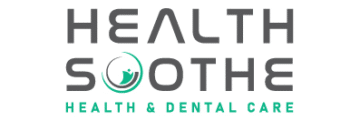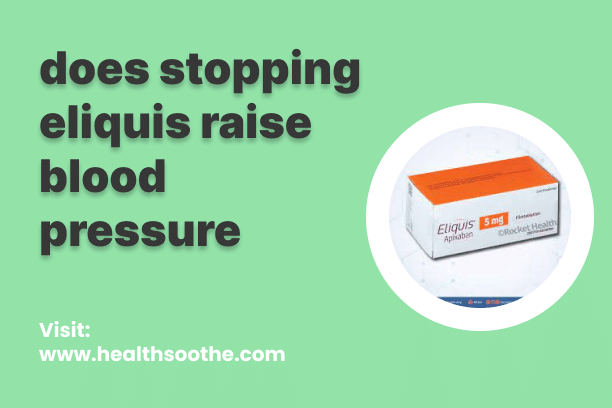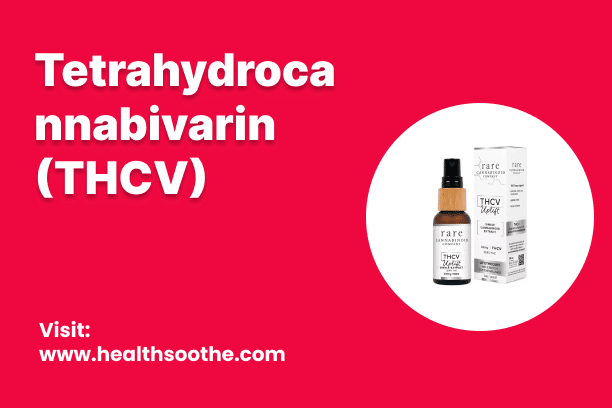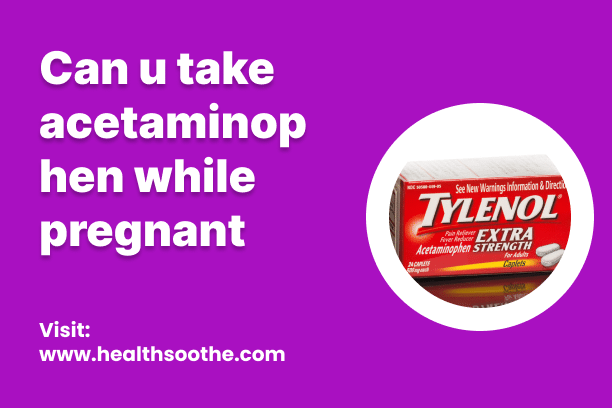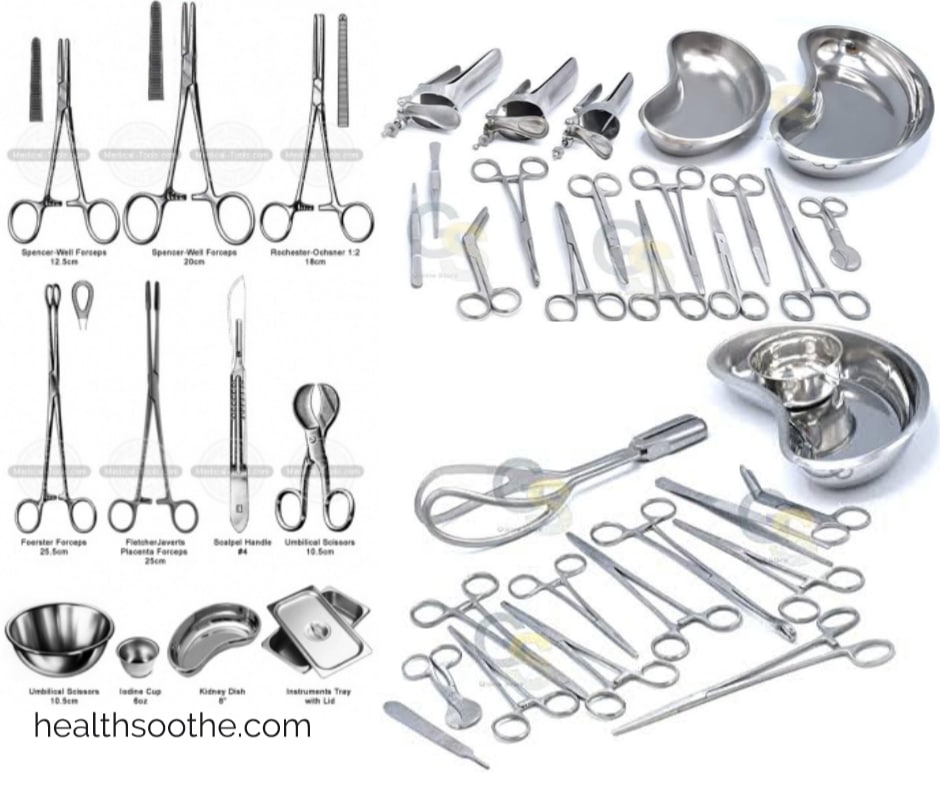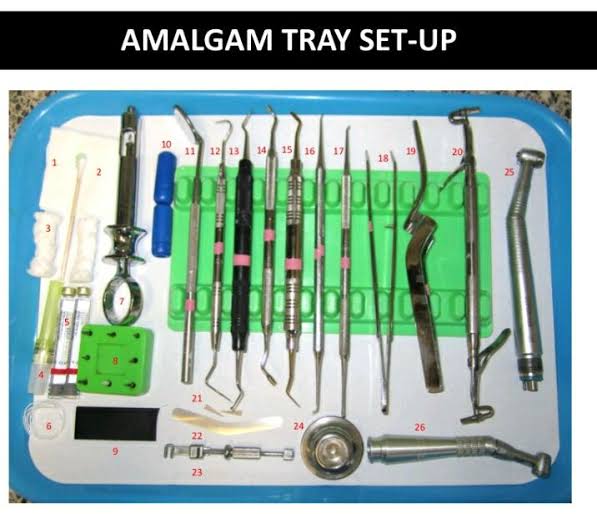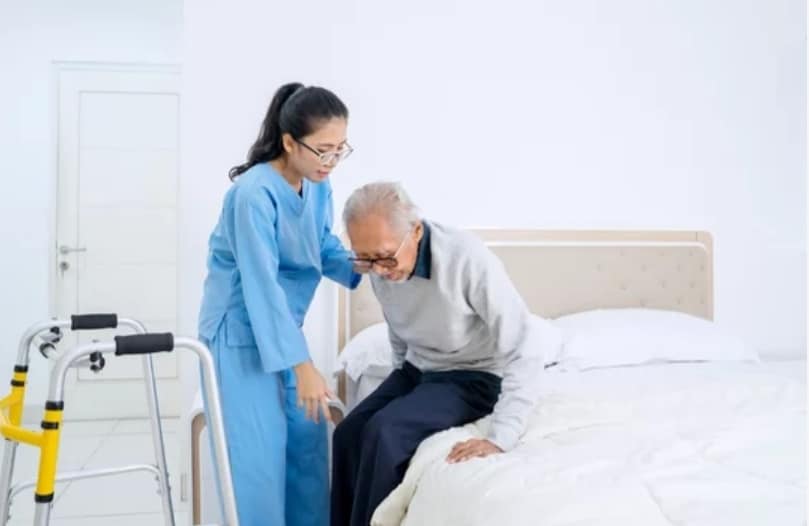Also known as chafing, runner’s rash results from the friction produced when different parts of your body run against each other for an extended period of time. This produces micro-tears that become red and irritated, especially when sweat is involved. As a runner, your thighs and groin, underarms, and nipples are particularly prone to the condition.
From unlikely solutions like nappy rash cream to practical prevention methods like tweaking your workout wardrobe, here are five things you can do to make runner’s rash a thing of the past:
Relief from runner’s rash
The most important thing to cover first is how to get relief if you’re currently suffering from runner’s rash. Thankfully, restorative ointments like nappy rash cream or Aquaphor can give you near-instant relief if applied in the right way. Here’s what you need to do:
- Gently wash the affected area with either plain water or an unscented cleanser. Rinse thoroughly.
- Pat the area dry using a fresh towel. Be gentle!
- Apply a thin film of your chosen ointment.
For the time being, it’s best to avoid cleansers or moisturizers that have fragrances in them as this can irritate the rash.
Dress for success
When selecting your running wardrobe, fashion should be the last thing on your mind. Instead, here are the things you need to look for to keep runner’s rash at bay:
- Moisture-wicking fabric: Sweat and moisture are major contributors to chafing, so look for fabrics that suck the moisture away from your skin.
- Seamless, tagless cuts: Seams and tags are major culprits for runner’s rash. If you struggle with chafing around the seams of your clothing, look for labels that address these issues.
- Clever support: Underwires and ill-fitting bras are a major contributor to chafing under the breasts. Look for good quality sports bras that offer clever support. If you’re pregnant or breastfeeding, maternity sports bras are a lifesaver.
Experiment with powders and goo
This may sound weird, but there are plenty of powders and lubricating goos on the market designed for just this problem. It’s best to avoid talcum powders as some health concerns regarding their safety have been raised in the scientific community. However, there are plenty of risk-free alternatives to test out. Whether you end up going with a powder (which could be as simple and inexpensive as cornstarch) or a goo (like BodyGlide or Run-Goo), will rely entirely on your personal preference.
Accessorize
From compression shorts and tights to chafe-prevention bands and nipple guards, there are plenty of running accessories out there designed to protect your sensitive bits. Once again, this will be a trial-and-error exercise in finding the products that work for you. However, you can find plenty of advice and genuine reviews on runner’s forums.
Stay hydrated
Runner’s hear this tip all the time as hydration is essential for keeping your body functioning at its best and for preventing health complications like heat stroke. However, many runners don’t like carrying a water bottle and get annoyed about the need for bathroom breaks. If this sounds like you, and you’ve been slacking on your water consumption, perhaps this is the extra motivation you need to get on top of it: Staying hydrated reduces your risk of chafing.
When your body is dehydrated, it is less capable of flushing salts away from your skin. This means your perspiration can dry into tiny salt crystals, and as you can imagine, that’s a recipe for rubbing your skin raw.
Follow the tips above, making chafing a thing of the past, and you’ll be hitting new PBs in no time.
